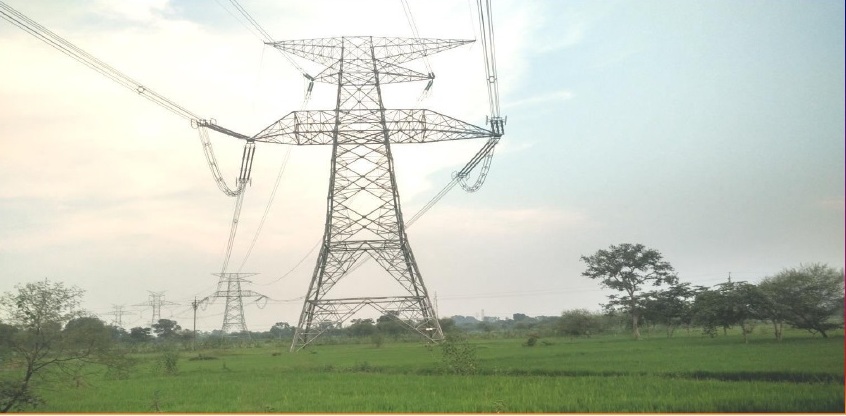Power Grid Corporation of India expects to complete the 800kV Raigarh-Pugalur HVDC line by December 2020, the Central PSU said in an investor presentation.
During FY20, PGCIL completed the low-power testing of the aforementioned bipolar HVDC link while the high-power testing is expected to commence shortly. The Rs.16,000 crore project comprises Bipole-1 costing Rs.10,000 crore. Bipole-2 along with the voltage source converter (VSC) package is expected to cost Rs.6,000 crore.
The 800kV Raigarh-Pugalur HVDC line will help India’s southern region importing power from the northern region. In view of the long distance, it was decided to go in for HVDC technology.
Regarding Bipole-1 and the associated lines, PGCIL has said that while the Bipole-1 is already completed, the associated AC lines will be commissioned by July 2020.
As far as HVDC Bipole-2 and the associated lines are concerned, the project is around 75 per cent complete. The AC lines, matching with Bipole-2, will be completed by December 2020.
The third component of the project is a 320kV HVDC line spanning 153 km and the VSC terminal. This is also expected to commission by December 2020.
The ground-breaking ceremony for this project was held in May 2017.
The Raigarh-Pugalur bipolar link with a transfer capacity of 6,000 mw, will traverse around 1,750 km from Chhattisgarh to Tamil Nadu, passing through Maharashtra, Andhra Pradesh and Telangana, en route.
It may be noted that the 320kV HVDC line discussed above will connect Pugalur in Tamil Nadu to North Trichur in Kerala, and will have a transfer capacity of 2,000 mw. Because of severe right-of-way constraints in Kerala, it was decided to go in for VSC technology so that power could ultimately be transferred to Kerala.
It is very interesting to note that in this 320kV link between Tamil Nadu and Kerala, there are overhead lines up to the Kerala territory. Within Kerala, wherever RoW constraints were encountered, PGCIL has laid underground EHV cables. Of the 153 km of total length, underground cables accounted for some 27 km (all in Kerala).
Apart from HVDC, VSC technology and underground EHV cables were innovations that marked a departure from conventional technology for interregional lines.
(Featured photograph is for illustration only)



